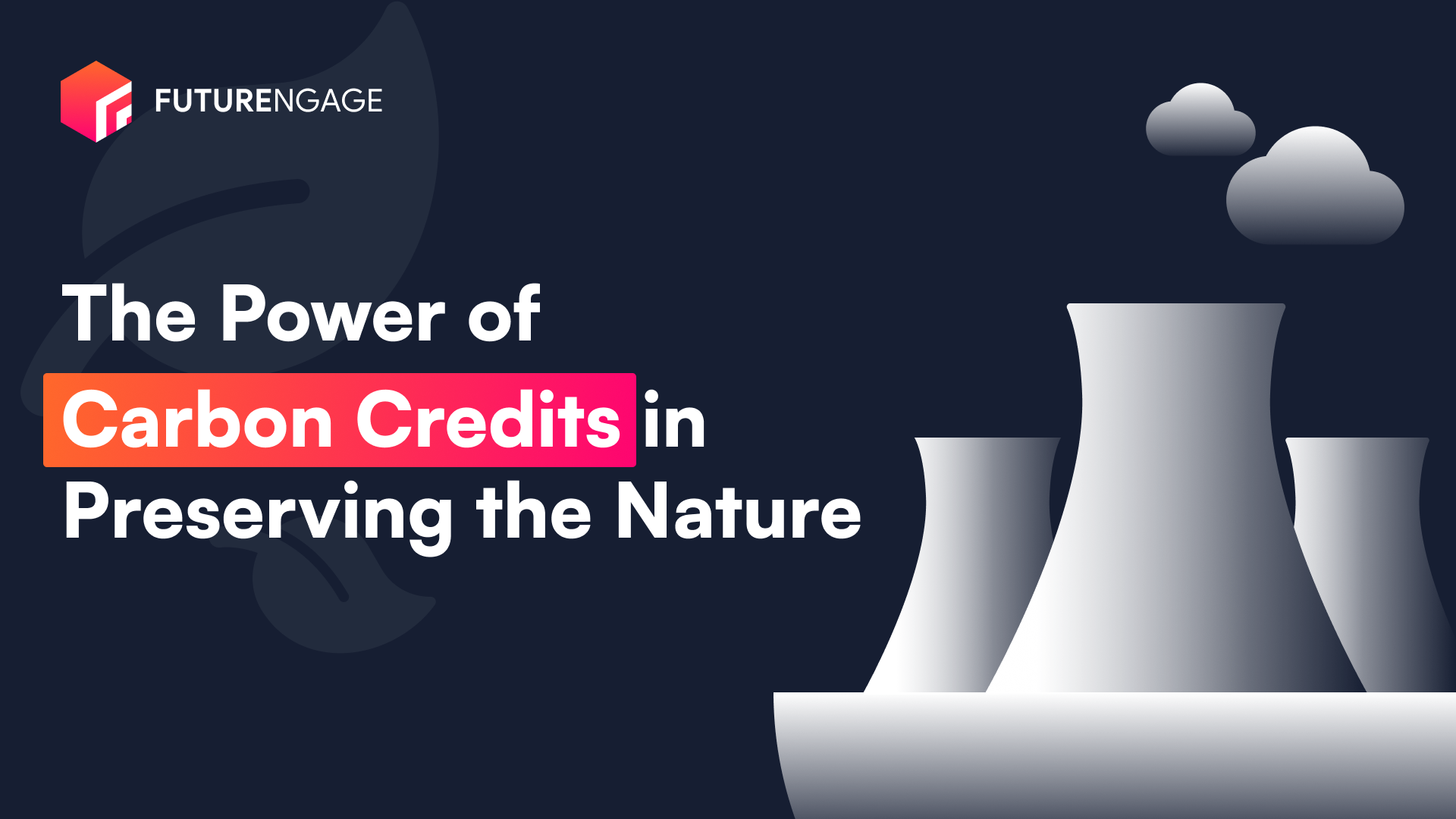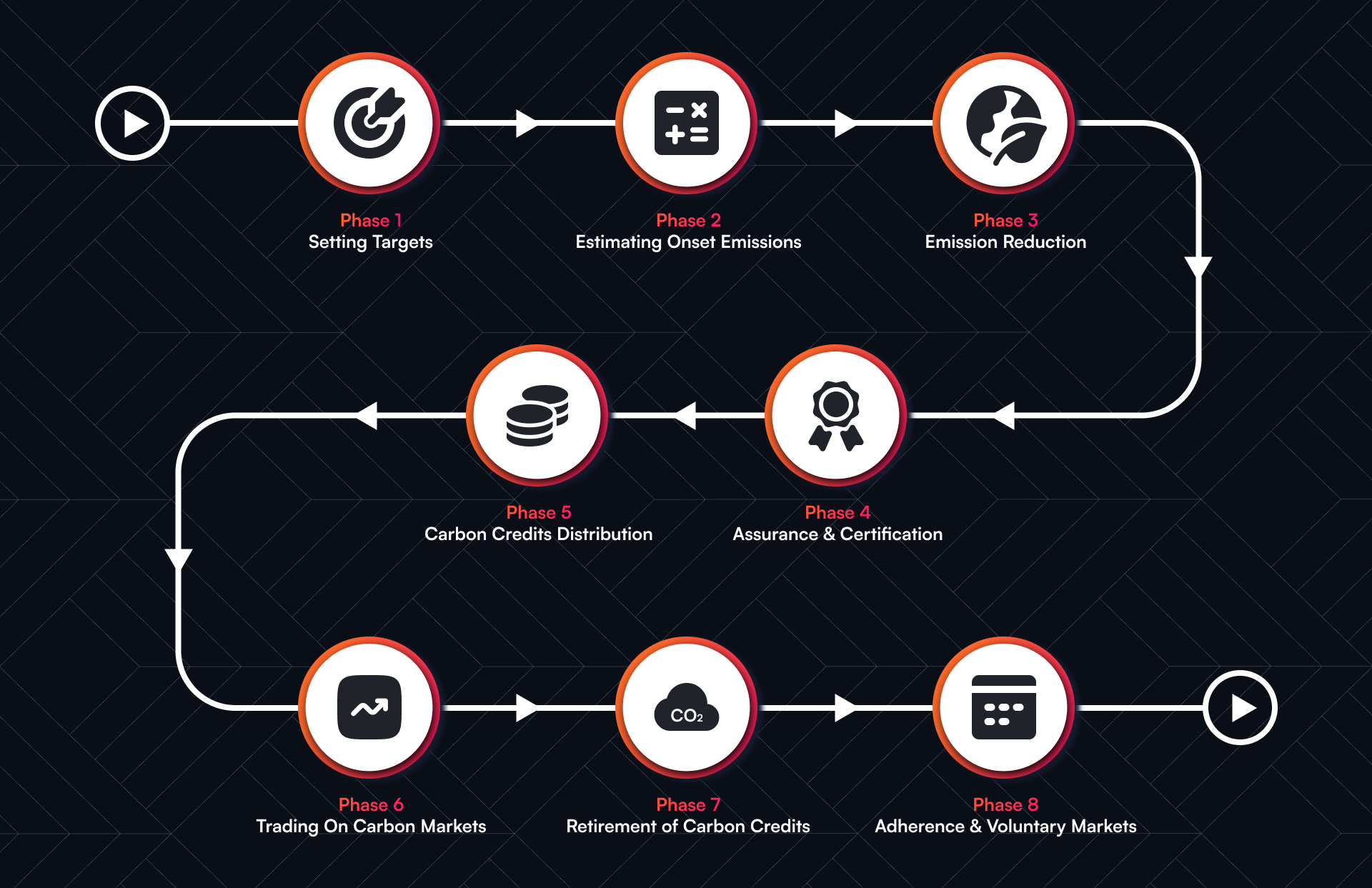
India’s Carbon Credit trading scheme 2023 is finally out! Reports say that the Bureau of Energy Efficiency (BEE) has started to develop awareness and share information about the urgent need to combat greenhouse emissions and climate change. BEE has demanded all stakeholders to actively participate and provide persistent support for the better implementation of the scheme.
Carbon Credits Trading Scheme – A Revolutionary!
On June 28, India’s Carbon Credit trading scheme 2023 was implemented. It aims to facilitate stakeholders to trade carbon credits in a marketplace and get incentives as rewards. This program is a remarkable step taken to establish a sustainable atmosphere. Additionally, it helps create numerous financial & employment opportunities in the country. Let us dive into the article and explore the origin, working, and ups and downs of the “carbon credits.”
The Origin of Carbon Credits
Over the years, the idea of carbon credits has gained momentum and emerged as a powerful tool to combat global warming. Now, you can consider this as a “glimmer of hope” to reduce carbon footprints, incentivize individuals and organizations, and promote sustainable growth.
Firstly, what are carbon credits?– Carbon credits, otherwise known as carbon offsets, are a marketplace mechanism designed to help eliminate carbon & other greenhouse gas (GHG) emissions into the surroundings. They function on the basic principle that any investor can counterbalance their carbon emissions by investing in sustainable projects which focus on restoring the environment. Such projects include renewable energy-based projects, reforestation projects, and similar sustainable endeavors.
How Does the Carbon Credits System Work?
A carbon credit system works based on a simple principle. Individuals and enterprises that reduce CO2 emissions beyond their required levels can earn carbon credits. These credits are tradeable assets that can be traded on carbon markets, where participants with high carbon emissions can buy them as compensation for their own greenhouse emissions.

Root-level Insights about Carbon Credits System
We would like to give more in-depth information on how this eco-friendly technology works. Let us break down the working of the carbon credits system into eight phases and explain each in detail.
Phase 1- Setting Targets
Initially, Governments and regulatory bodies set a specific emission reduction target for enterprises and individuals. The participants have to sign a national or international agreement to agree to limit their greenhouse gas emissions.
Phase 2- Estimating onset emissions
Enterprises and individuals determine their threshold emissions, which act as a point of contact to measure their progress in reducing emissions. Baseline emissions indicate the amount of carbon footprint released before any measures of reduction.
The part that blockchain plays here!
Blockchain helps to record the emissions transparently so that independent auditors can review them for authenticity. As blockchain technology ensures tamper-proof and immutable data storage, there is no room for data manipulation and fraud.
Phase 3- Emission Reduction
Entities that strive to reach their emission reduction targets can undertake various activities to reduce their carbon release. These initiatives comprise investing in renewable energy schemes, adopting eco-friendly practices, encouraging reforestation projects, and improving energy efficiency.
Phase 4- Assurance & Certification
Autonomous auditors or designated certified authorities evaluate the reduction initiatives and verify them. This verification allows us to ensure that the reductions are real, measurable, regulatory, and permanent.
Phase 5- Carbon Credits Distribution
An affiliated carbon credit is distributed for every tonne of greenhouse gas emission reduced or removed from the atmosphere. Each carbon credit denotes one metric ton of reduction in CO2 emissions. These credits are traditionally tracked and certified on a ledger, guaranteeing their integrity and transparency.
Phase 6- Trading On Carbon Markets
The carbon credits created can be sold, bought, and traded on carbon markets, which can be national or local. Participants with high carbon emissions can buy offsetting carbon credits. This conversion helps the buyer to compensate for their own emissions while economically supporting GHG emission reduction projects.
Phase 7- Retirement of Carbon Credits
When a carbon credit is purchased and used to neutralize emissions, it is retired or withdrawn, thereby avoiding the possibility of double counting. Once retired, the carbon credits can no longer be used for trading purposes.
Phase 8- Adherence & Voluntary Markets
Compliance and voluntary markets are the two primary carbon markets to trade carbon credits. Compliance markets function under regulatory protocols, whereas voluntary markets allow participants to compensate for their emissions voluntarily and fulfill their sustainability goals.
Have you heard the news that India has set a long-term goal to achieve a low-carbon economy by 2070? We are as excited as you are right now! We believe this will grow into a net-zero emission community with the continuous efforts of reputed specialists, policymakers, industry’s influential figures, researchers, and sincere advocates.
Now, let us tell you what we foresee in the future of sustainable blockchain products.
The Upcoming Low-Carbon Economy!
Carbon credits give a definite way to lower greenhouse gas emission levels, combating climate change. This will help acquire a low-carbon economy soon. Also, carbon credits projects usually focus on the endeavor that supports social and economic growth in local communities. Carbon credit will promote investments in renewable energy infrastructure, supporting a clean energy trend. The businesses will take responsibility for their carbon emissions by indulging in a practical way to nullify emissions.
But…
However, not everyone accepts new technologies instantly. But carbon credits show clear signs of promising growth in the upcoming years. This definitely is a global effort of people to promote a sustainable environment. If you like to be a part of this valuable movement, confer with our experts to create & deploy your own carbon credits marketplace in 30 days. Until we meet, let us hope for a sustainable future that is yet to come!
